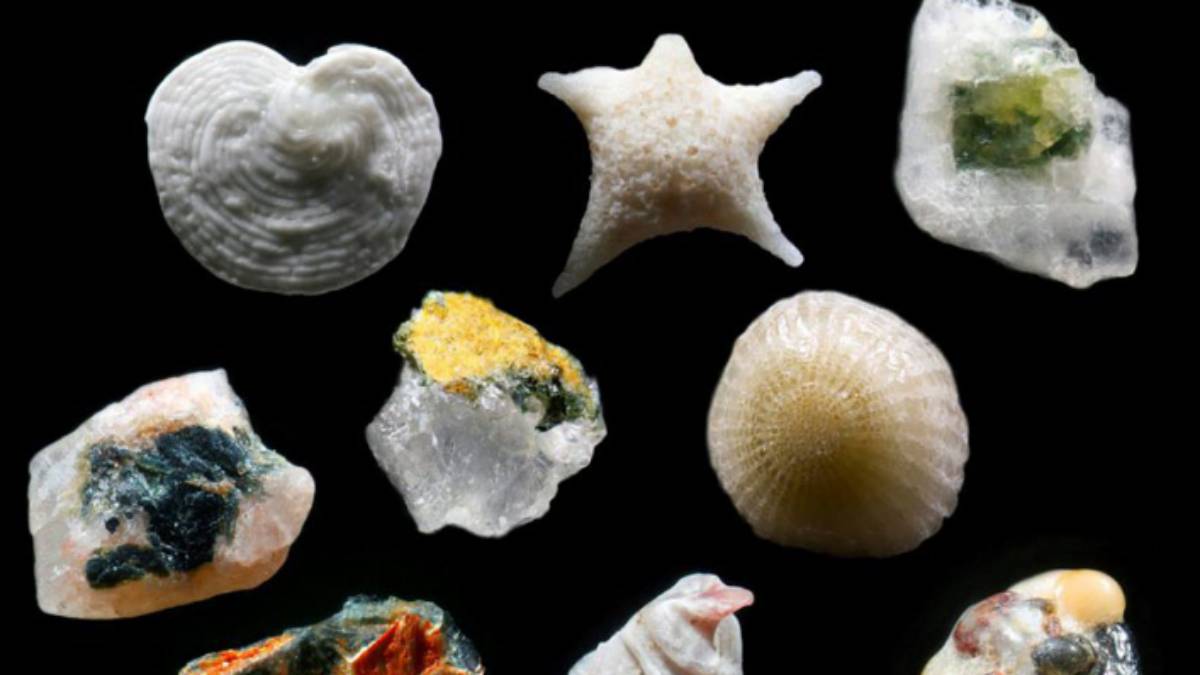Introduction
Sand may seem ordinary, but observing sand under a microscope reveals a hidden world full of intricate shapes, colors, and textures. This article explores what students and science enthusiasts can learn by studying sand microscopically, its components, and the scientific significance behind these tiny particles.
What is Sand?
Sand is made of tiny fragments of rocks and minerals, most commonly quartz. The grains are naturally occurring and formed over thousands of years through erosion, weathering, and the breakdown of larger rocks.
Why Study Sand Microscopically
Microscopic examination of sand provides insights into geological history, environmental conditions, and even the origin of beaches or deserts. By looking closely at sand, students can identify mineral content, particle size, and other characteristics that are invisible to the naked eye.
Tools Needed for Examining Sand
- Microscope with at least 40x magnification
- Petri dishes or slides
- Tweezers and pipettes
- Light source or LED
- Notebook for observations
Preparing a Sand Sample
- Collect sand from a location of interest.
- Clean the sand by rinsing and drying.
- Place a small amount on a slide.
- Cover with a cover slip if necessary.
- Observe using the microscope.
Observing Sand Grains
Under a microscope, sand grains display diverse shapes, sizes, and colors. Quartz grains are often transparent, while feldspar appears pink or white. Shell fragments and minerals add variety, providing clues about the sand’s origin.
Identifying Different Minerals
- Quartz: Clear or milky and highly resistant to erosion.
- Feldspar: Pink, white, or gray, breaks down more easily than quartz.
- Magnetite: Dark and magnetic, often from volcanic rocks.
- Shell fragments: Indicate a marine origin.
Understanding Sand Formation
Sand grains are products of long-term geological processes. By examining them, students can trace erosion patterns, weathering effects, and transport history. Differences in shape and roundness reveal how far the sand traveled before deposition.
Sand from Different Locations
Beaches, deserts, and riverbeds produce distinct sand compositions. Beach sand often contains shell fragments, desert sand is smoother and rounded, while river sand shows irregular shapes due to water transport.
Practical Applications
Studying sand under a microscope is not just educational. It helps in:
- Geological mapping
- Environmental monitoring
- Archaeological studies
- Forensic science
Tips for Accurate Observation
- Use multiple magnifications to examine details.
- Compare sand from different locations.
- Note color, texture, size, and shape.
- Record observations carefully.
Conclusion
Sand under a microscope reveals a miniature universe filled with fascinating details. Students can gain insights into geology, environmental science, and the history of natural landscapes by studying these tiny grains. Microscopic analysis promotes curiosity, careful observation, and scientific thinking.
FAQs
What can I see in sand under a microscope
You can observe grains of quartz, feldspar, shell fragments, magnetite, and other minerals.
How do I prepare a sand sample for viewing
Collect, clean, dry, and place sand on a microscope slide before observation.
Why do sand grains differ in shape and color
Different minerals and erosion histories affect size, shape, and color.
Can I identify sand origin from its grains
Yes, features like roundness, texture, and mineral content provide clues.
What magnification is ideal for sand observation
At least 40x magnification works well for basic details; higher magnifications reveal more.
Is sand from deserts and beaches different under a microscope
Yes, beach sand often contains shell fragments, while desert sand is smoother and more rounded.
How does studying sand help in science
It aids geology, environmental monitoring, archaeology, and forensic studies.
Can children learn from examining sand
Yes, it encourages curiosity, observation skills, and understanding of earth science concepts.
